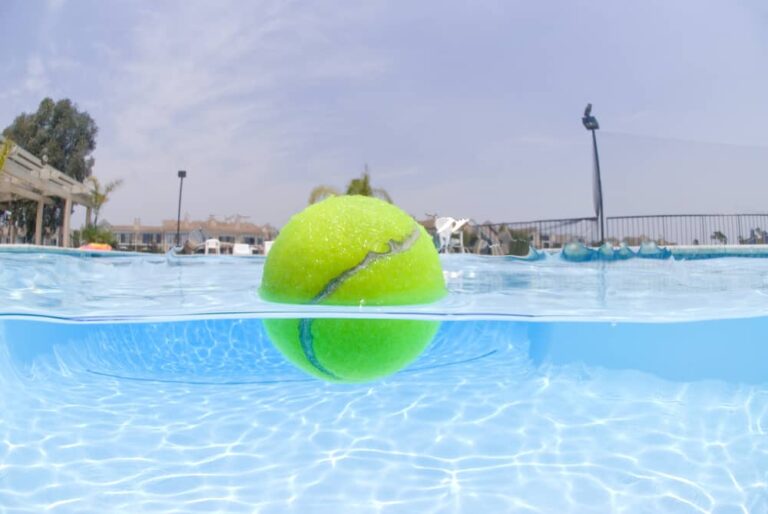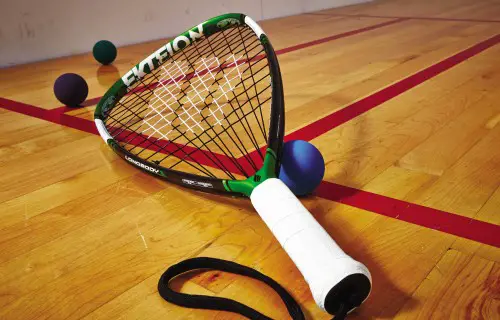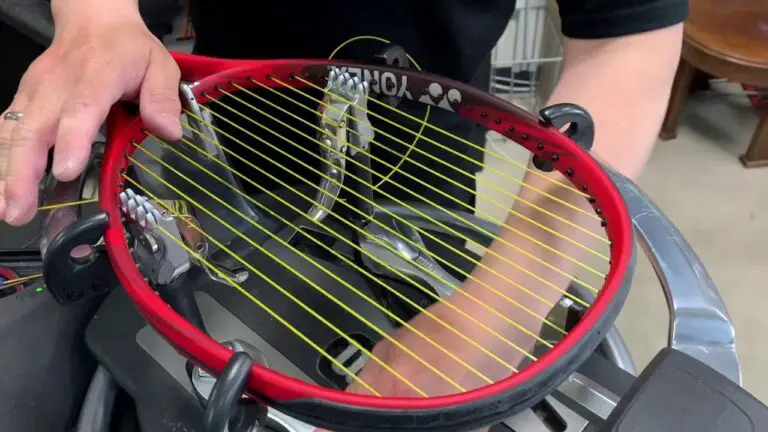What Is A Foot Fault In Tennis?
A foot fault happens when a server’s foot touches the baseline or the center mark’s fictitious extension. If any portion of the server’s foot touches the baseline while serving, a foot fault is considered to have occurred. The official “Rules of the Game” state this in Rule 18.
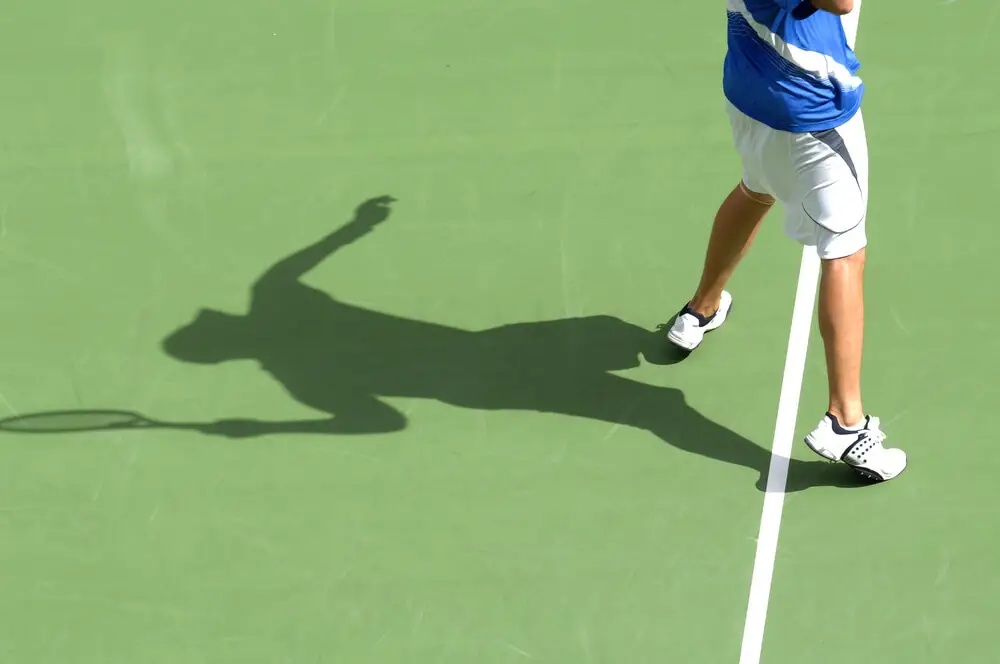
Tennis is a fun and thrilling game that requires players to be accurate, skilled, and follow the rules for fair competition. One of these rules is the foot fault, which often leads to discussions and confuses players and people watching the game.
The article will go into the world of tennis foot faults, explain them, investigate why they occur, and offer helpful advice on how to avoid breaking this regulation. Let’s explore the mysteries of foot faults together, tennis fan, whether you’re a beginner or an expert player.
Why Does a Foot Fault Exist?
Tennis has a foot fault to ensure that all players serve from the right spot. A server gains an unfair advantage if they enter the court before serving the ball because they are closer to the serving area. There are several reasons why the foot fault rule is crucial.
- First, it ensures that everyone serves equally and without receiving any benefits. As a result, everyone may play fairly in the game.
- Second, it helps players make precise and reliable serves, increasing the game’s fun and excitement for everyone watching.
Who Can Call a Foot Fault?
Line judges who keep an eye on the server’s moving feet call foot faults. As evidenced by the notorious foot fault call against Serena Williams in her 2009 US Open semifinal matchup against Kim Clijsters, this may be a highly contentious fault to call.
In tennis, different people are responsible for spotting foot faults. The chair umpire is like the game boss and watches the players closely from above the court. They are the main ones who check for foot faults.
Then there are the linesmen who stand on the court’s sides and help spot any foot faults. Sometimes, players themselves may point out foot faults made by their opponents, but this only happens occasionally. Overall, everyone works together to ensure the rules are followed, especially regarding foot positioning.
By clicking on this Quora link, you can gain further insights into this topic by exploring different opinions and perspectives from various people.
What Are Some of the Causes of a Foot Fault?
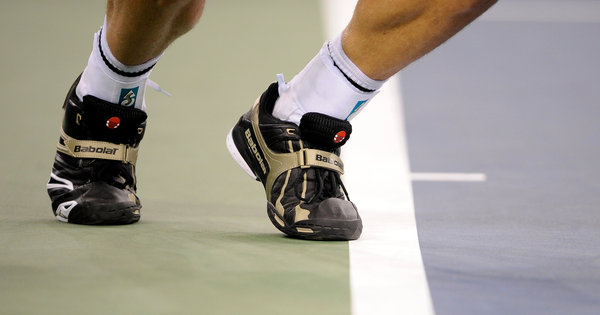
Moving your front foot is the most frequent reason for a foot fault. You’ll touch the line before delivering the serve if you stand near the baseline and move this foot just a little.
While serving, some persons shift the position of their back foot (the right foot for right-handed players). Foot faults can happen for a number of reasons, and even professional players can commit them. Typical causes include:
1. Lack of Focus and Concentration
During intense matches, players may encounter heightened emotions or distractions that can lead to a temporary lack of focus.
Players may fail to pay enough attention to their foot position when serving due to these concentration lapses, which can result in unintentional foot faults. Avoiding such mistakes and maintaining accuracy on the court requires calmness and attention.
2. Incorrect Foot Placement

Proper foot positioning is essential to complete a serve successfully without making a foot fault. Before starting the serving action, players must ensure their feet are perfectly positioned and aligned behind the baseline.
Failure to do so could lead to foot faults because even slight misalignments during the serve can have a big impact.
3. Foot Dragging
Some players have a tendency to drag their back foot when serving, which can lead to foot faults. Tennis rules can be broken by unintentionally crossing the baseline due to foot-dragging.
Developing a controlled and fluid serving technique—including the right foot movement—can help you minimize foot faults and keep your serve consistent.
4. Nervousness and Pressure
Players may feel anxious and under pressure during high-stakes games or essential moments, affecting how they move around the court.
Players may become less attentive to their foot placement during the serve as a result of these intensified emotions, potentially resulting in foot faults.
To reduce mistakes and perform at one’s best, managing tension and pressure through practice and mental preparation is crucial.
Here is the YouTube video link for your convenience, which covers the specific topic from 5:12 to 7:23. Please watch it to understand the content more easily.
Are Foot Faults Strictly Enforced?
The level of play and the referees in charge of the game may affect how strictly the foot fault rule is enforced. Due to the higher stakes involved, foot faults are often more strictly enforced in professional competitions, especially at Grand Slam events. Officials may, however, take a more lenient stance in recreational or amateur matches, especially if players are still becoming familiar with the game’s rules.
I provided the Reddit link for your convenience, where many people have addressed and discussed this problem. Please take a look at it to better understand the topic.
Types of Foot Faults to Avoid
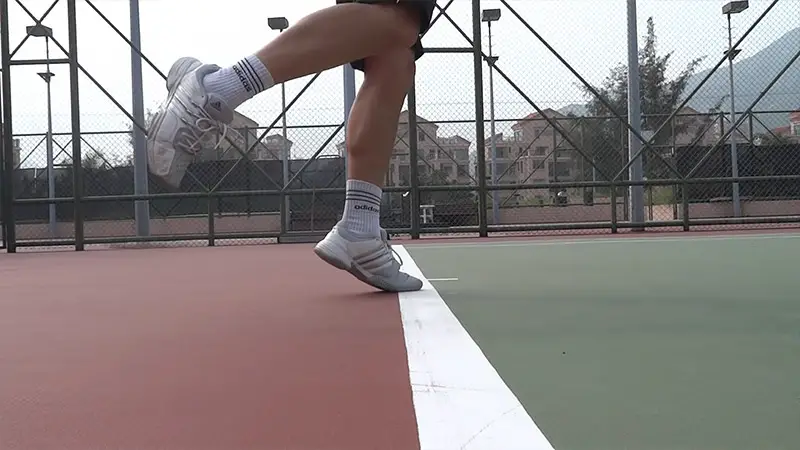
Now you are aware of what is foot fault, why a foot fault exists, and also its causes. So it is time to know about its types. Tennis players need to be aware of the following four main foot faults:
1. Baseline Foot Fault
This is the most typical foot fault when the server’s foot touches the baseline during serving or extends past it.
2. Center Hash Mark Foot Fault
Some matches allow the creation of two separate serving boxes using a center hash mark. It counts as a foot fault to step on this hash mark while delivering the serve.
3. Side Hash Mark Foot Fault
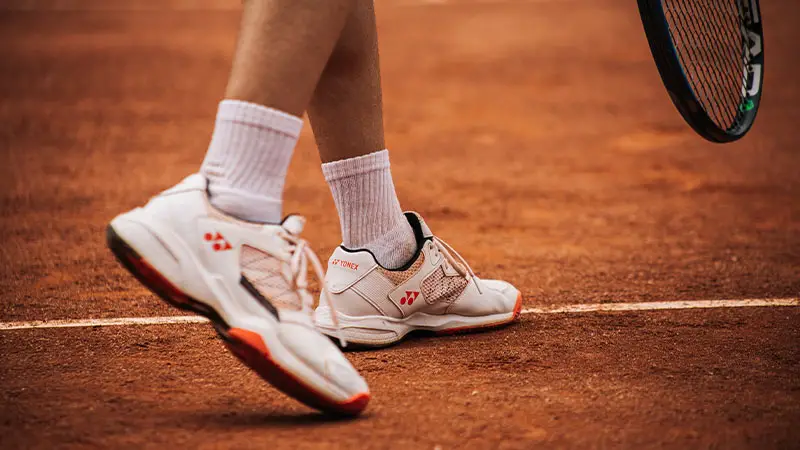
Similarly, if the service box’s sidelines are marked with side hash marks, a foot fault can be raised if the server’s foot crosses those lines.
4. Center Line Foot Fault
Players must stay clear of the center line if one is marked on the court during their serving motion to prevent foot faults.
How to Avoid Foot Fault Calls?
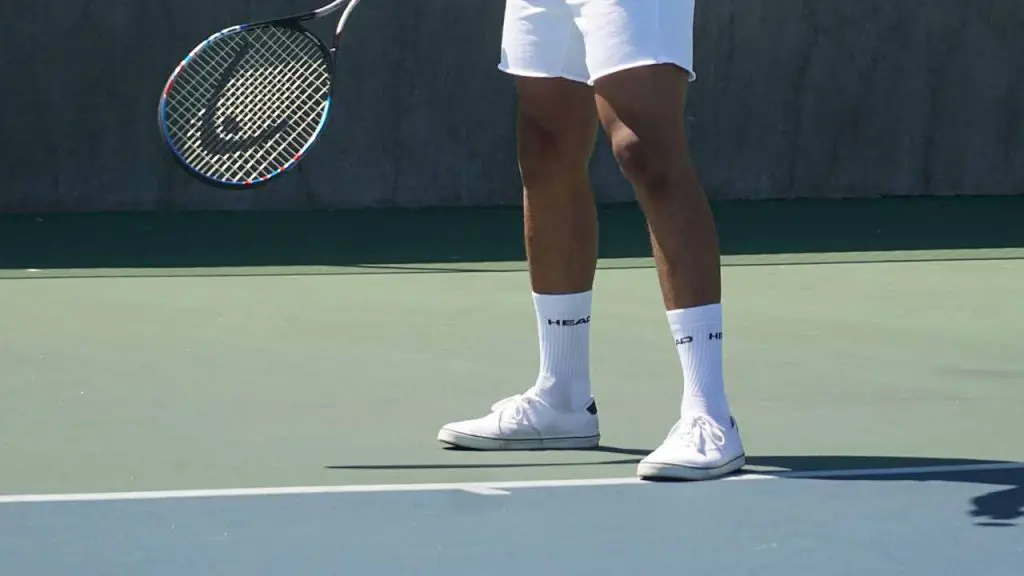
While serving, foot faults can be avoided with concentration, practice, and mindfulness. The following advice can help you prevent foot fault calls:
Establish a Consistent Serving Routine
When it comes to reducing foot faults, developing a routine for serving is crucial. Before each serves, stick to the same process to ensure your foot positioning stays constant within the lines the rules allow.
Making this process a habit throughout training sessions can help it become second nature and lower your risk of making foot faults in crucial situations.
Use the Right Footwork

Avoiding foot faults while serving requires careful footwork. Ensure your rear foot is not in the baseline by paying great attention to its position.
Off-court footwork training can assist in developing muscle memory, making it simpler to maintain proper foot stance on the court and lowering the likelihood of foot faults.
Practice Under Pressure
You may improve your ability to serve correctly by simulating pressure circumstances during practice. Makeup practice scenarios that reflect the pressure of a match, and concentrate on performing your serving technique perfectly.
By putting yourself under pressure in a safe setting, you’ll develop the poise and confidence necessary to play with less error-prone footwork in actual matches.
Seek Feedback from Coaches or Peers
Your serving technique and foot faults can be identified with the help of experienced coaches or other players. They can offer insightful advice and helpful criticism that will allow you to improve your footwork and overall serving motion.
Being receptive to criticism and making corrections will help you become a more skilled server, lowering the frequency of foot faults and enhancing your overall performance.
Below is another YouTube video link for ease, where you can learn how to avoid foot faults and explore different techniques. Please watch it to understand better and make it easier for yourself.
FAQs
Q1: Can foot faults be called during doubles matches?
Yes, foot faults can be called during both singles and doubles matches. The rules regarding foot faults apply to all players, regardless of whether they play singles or doubles.
Q2: Is a foot fault called if only the toe crosses the baseline?
Yes, even if only the toe crosses the baseline during the serving motion, it is considered a foot fault. Any part of the foot touching the forbidden zone constitutes a foot fault.
Q3: Are foot faults counted as a point for the opponent?
No, foot faults do not result in the opponent automatically winning a point. However, committing foot faults can lead to the loss of the serve or other penalties, depending on the match’s rules.
Q4: Can foot faults be called on the returner?
Foot faults are specific to the serving player. The returner does not need to worry about committing a foot fault during their shot.
Conclusion
Understanding and adhering to the rules of tennis, including foot faults, is crucial for maintaining the integrity and fairness of the game. By comprehending the reasons behind foot faults, knowing who can call them, identifying their causes, and learning how to avoid them, you can elevate your tennis skills and have a more enjoyable experience on the court. So, the next time you step onto the court, remember to keep your footwork precise, your mind focused, and your serves fault-free.
REFERENCES
- https://tt.tennis-warehouse.com/index.php?threads/if-youre-going-to-call-a-foot-fault.608429/
- https://en.wikipedia.org/wiki/Foot_fault
- https://en.wikipedia.org/wiki/Serve_(tennis)
- https://www.tennisforum.com/threads/players-getting-foot-fault-calls-frequently.1390739/
- https://tt.tennis-warehouse.com/index.php?threads/tips-to-stop-doing-foot-faults.294035/
- https://www.tennisforum.com/threads/why-do-players-get-mad-when-they-make-a-foot-fault.1123258/

